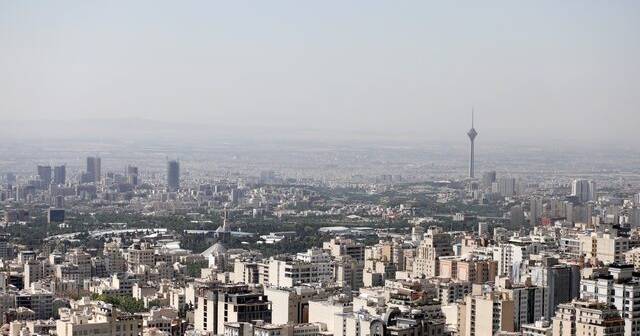“Currently, about half of tenants’ income is spent on rent, and to buy a house worth five to six billion tomans ($54,000 to $64,000), one would need to save for approximately 80 years,” Kianoosh Goodarzi said.
“The price per square meter of housing in northern Tehran has dropped by 30 to 50 million tomans ($321 to $535), but the 12-day war has had no impact on this price decline or the ongoing recession, which began during the COVID-19 period,” ISNA news agency cited Goodarzi as saying.
The costs of even basic items such as food continue to soar and the value of the Iranian currency continues to fall. The rial has lost over 90% of its value since US sanctions were reimposed in 2018.
Sanctions, corruption and economic mismanagement have contributed to the widespread economic hardship.
At least a third of the country is now forced to live below the poverty line, and the vast majority of Iranians are dissatisfied with the government’s economic policies, according to a poll by the country’s leading economic newspaper Donya-ye Eqtesad.
The poll results published on Monday showed that 89% of respondents were dissatisfied with the economic policies implemented by the Islamic Republic.
According to April statistics from the International Monetary Fund, unemployment in Iran now stands at 9.5%, up from 7.8% last year.
Impact of war
Asked if the 12-day war between Iran and Israel played any role in the real estate recession, Goodarzi said the downturn began long before that.
“The property market is very large, and the current recession is not due to the war, as we were already in recession beforehand.”
He said suggested prices have dropped by 30 to 50 million tomans per square meter, but there have been no changes in contract agreements.
Israel launched land and air strikes targeting senior Iranian military leaders, nuclear scientists, and politicians, while damaging or destroying Iranian air defenses and nuclear facilities. The airstrikes killed over 1,000 people according to official statistics.
